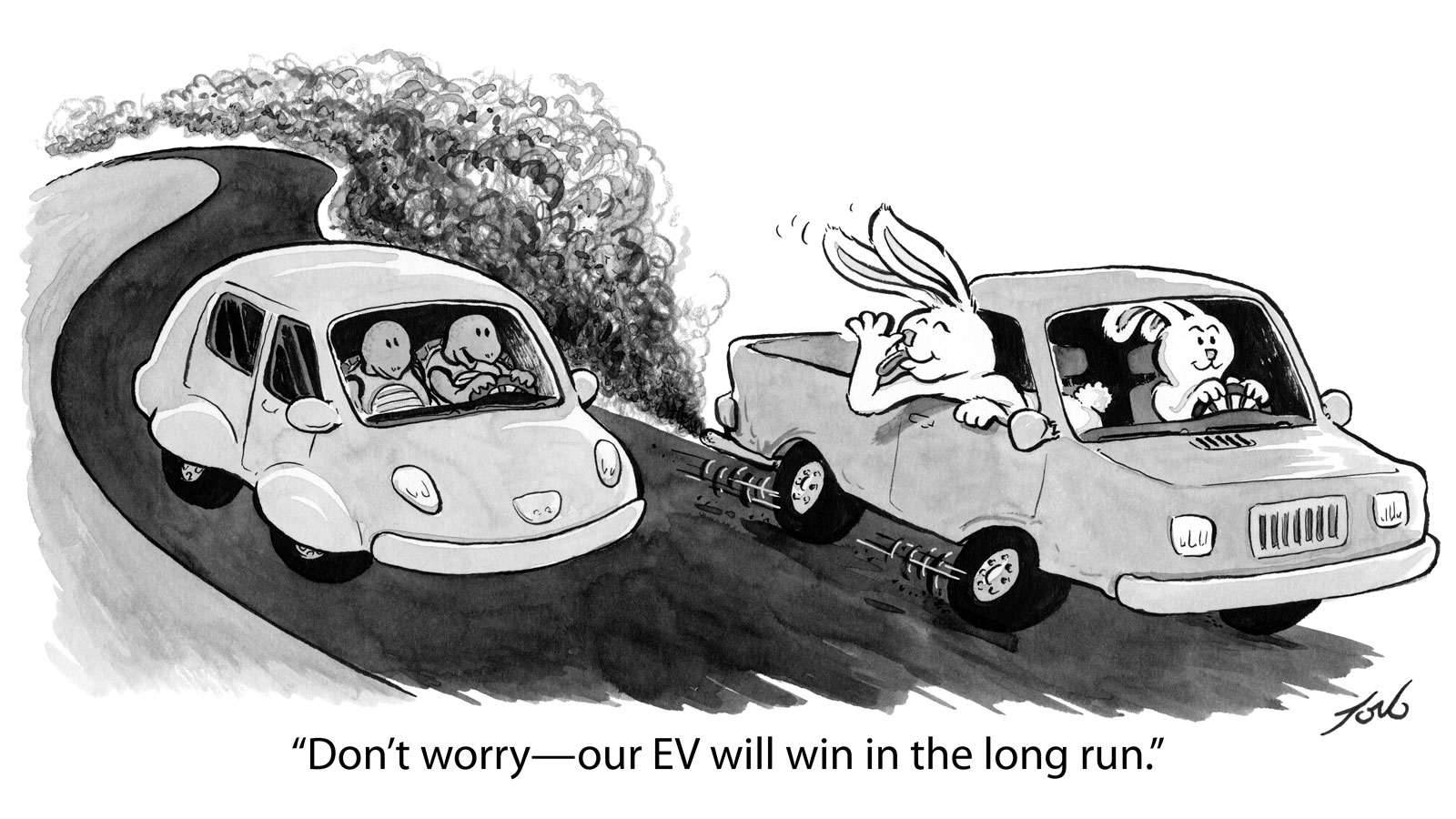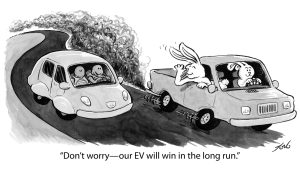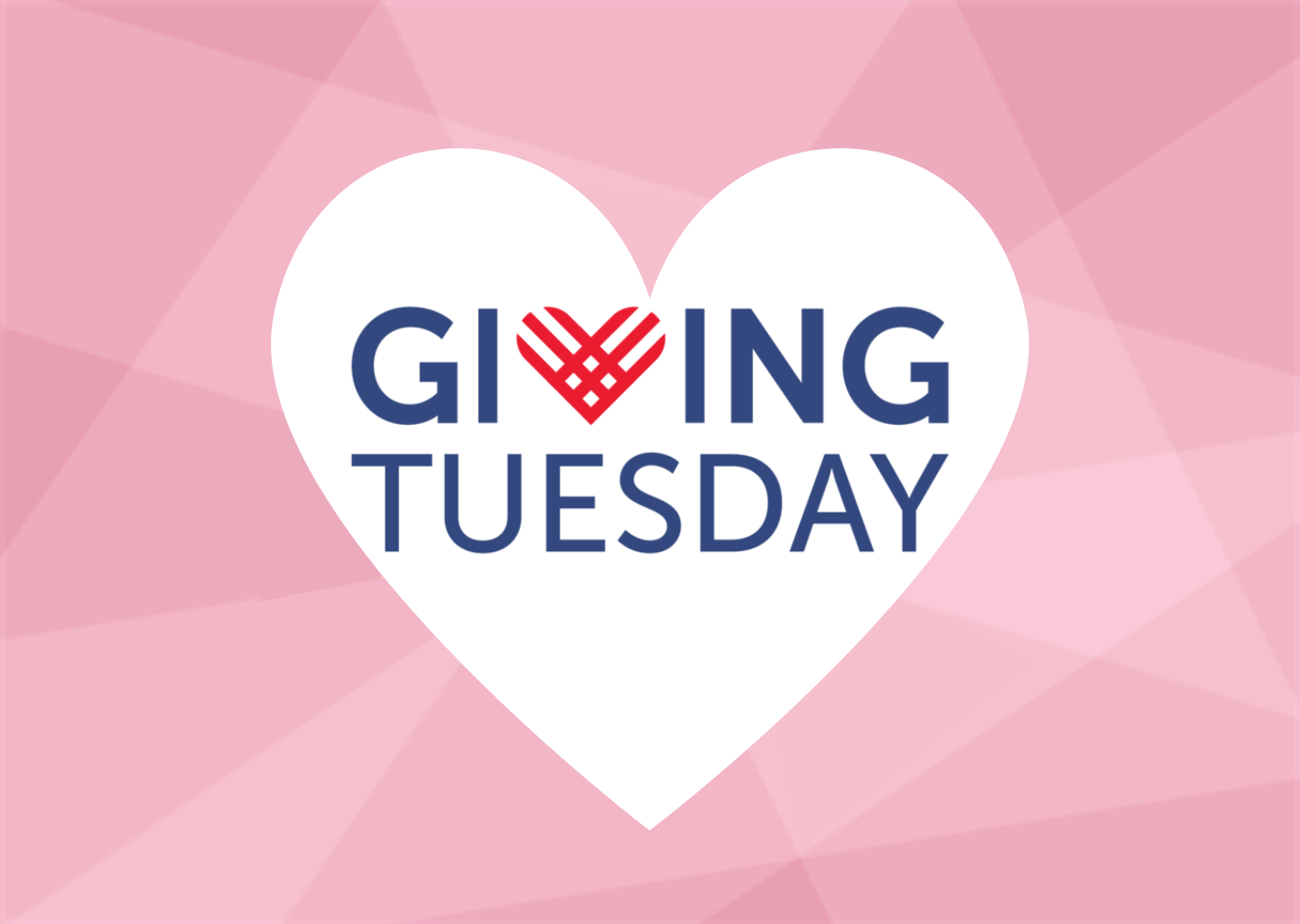Yes, there’s a happiness index. And, yes, there are countries where happiness is much higher than other countries. And, yes, there’s the annual World Happiness Report that tells you all about it. (The UN has designated March 20 as World Happiness Day, now in it’s 10th year of happy days.)
You would think where the sun doesn’t shine (much) in the dead of winter, that northern countries (and states) that the happiness of the country would be lower. But no. The Scandinavian countries, starting with Finland and Denmark are the happiest countries on earth. Iceland ranks 3rd. Western Europe holds most of the top 20 ranks.
Israel, ranked #4, would undoubtedly have changes substantially since the terrorist attach on Oct 7th and the ensuing Gaza conflict. Many countries with poverty and conflicts are low or last.
Canada (12th) beats out the US (15th). The US is just ahead of Germany and the UK (19th). The Czech Republic and Lithuania were 18 and 20, representing an interesting addition of countries that we don’t always think of as developed countries. In the southern hemisphere, only New Zealand (10th) and Australia (13th) made the top 20 list.
The World Happiness Report (https://worldhappiness.report/), which is a publication of the UN Sustainable Development Solutions Network, and powered by Gallop World Poll data, draws on global survey data from people in more than 150 countries. Countries are ranked on happiness including several factors including their average life evaluations over the three preceding years, in this case 2020 to 2022. This report creates an index that measures life expectancy, per capita GDP, level of corruption, etc. Several questions are asked about feelings of loneliness and generosity. Add them all together and you should get a very good measure about the “happiness” of the people within the country. Not perfect, but not bad.
International Happiness Day for 2023 had the theme: Be mindful, Be Grateful, Be Kind.
Benevolence Factor
Hidden in this report is a benevolence factor. Well, not really hidden, it dominates Chapter 4. One of the categories in the survey was generosity:
Generosity: “Have you donated money to a charity in the past month?” A clear marker for a sense of positive community engagement and a central way that humans connect with each other. Research shows that in all cultures, starting in early childhood, people are drawn to behaviours which benefit other people.
CNN article on this report said:
For one, benevolence is about 25% higher than it was pre-pandemic. “Benevolence to others, especially the helping of strangers, which went up dramatically in 2021, stayed high in 2022,” John Helliwell, one of the authors of the World Happiness Report, said in an interview with CNN.
“Even during these difficult years, positive emotions have remained twice as prevalent as negative ones, and feelings of positive social support twice as strong as those of loneliness,” Helliwell said in a news release. (https://www.cnn.com/travel/article/world-happiest-countries-2023-wellness )
There’s some discussion (chapter 4) about how benevolence has remained higher than pre-pandemic. Interesting.
Since the pandemic, tipping has become more common and more generous. Hmmm… Out of pandemic comes goodness. And happiness too, apparently.
#Happiness #NonprofitPlan #Benevolence #HappinessReport #Generosity #ImpactfulGiving
World’s happiest countries for 2023
1. Finland
2. Denmark
3. Iceland
4. Israel
5. Netherlands
6. Sweden
7. Norway
8. Switzerland
9. Luxembourg
10. New Zealand
11. Austria
12. Australia
13. Canada
14. Ireland
15. United States
16. Germany
17. Belgium
18. Czech Republic
19. United Kingdom
20. Lithuania




